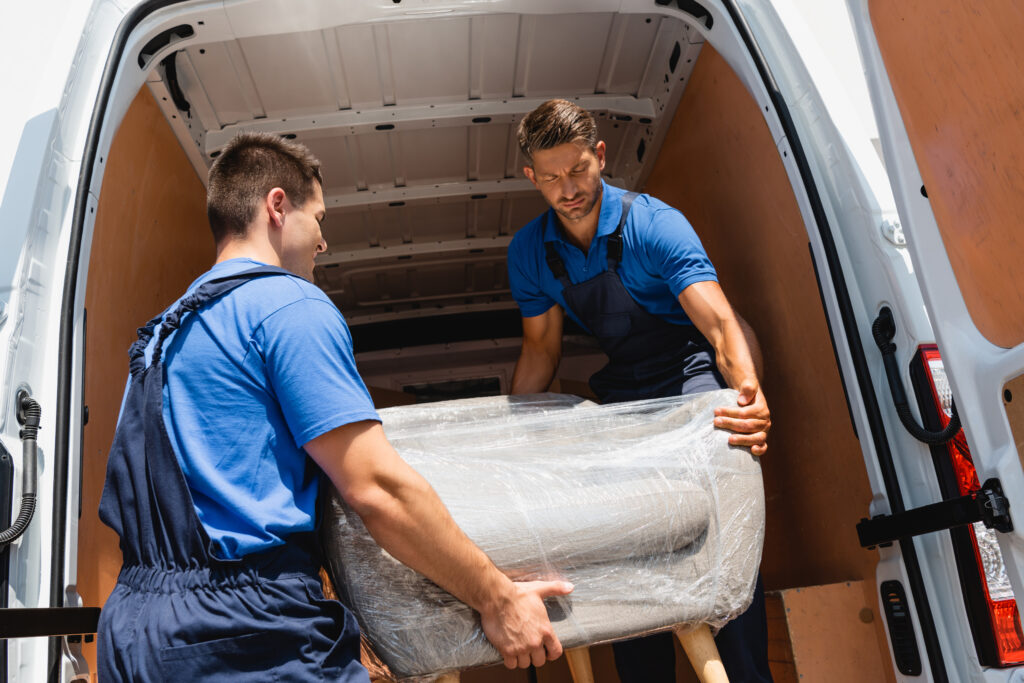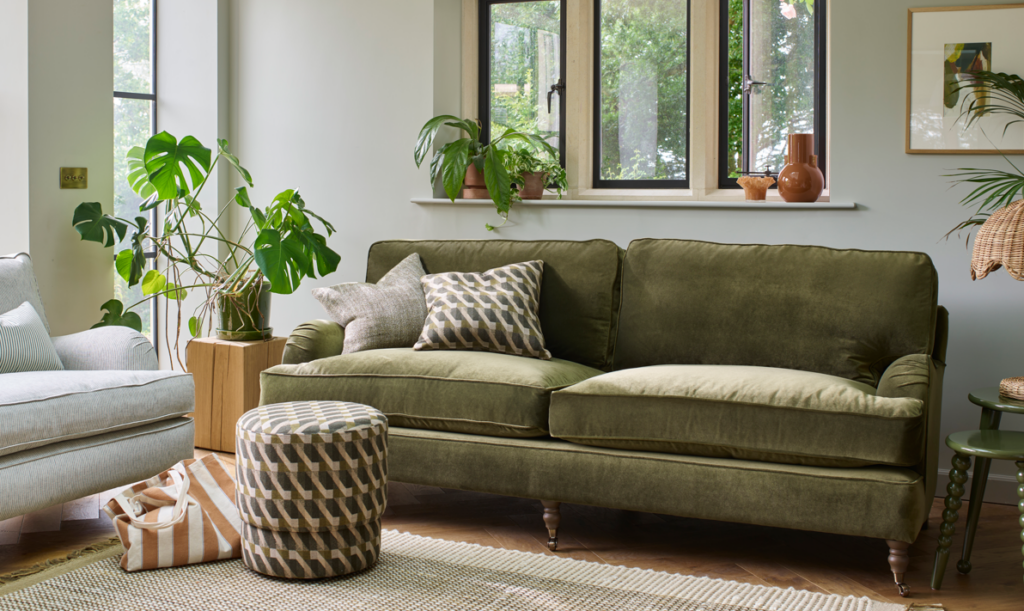David Lewis, Sales Director at DispatchTrack, explores the specific complexities faced by furniture retailers and provides recommendations for effective management strategies.

The last mile is more complex than ever, touching a large number of roles and functions across a given organisation, especially when managing big and bulky items such as furniture. Despite the challenges posed by the size and complexity of the items being delivered, customers demand nothing short of exceptional service.
- Managing Multiple Types of Delivery
Furniture delivery has multiple types of delivery options, each requiring different on-site times and skill sets that need to be considered when scheduling deliveries. Delivery types range from doorstep and room of choice to assembly and installation. Even if ‘just’ dropping the item at the doorstep the bulky and fragile nature of furniture often requires specialised packing, equipment and handling techniques to safely load, unload, and manoeuvre them. When delivering to a room of choice or if assembling or installing items, further complexities are involved. Implementing a system that sends a pre-delivery survey to identify any potential delivery challenges and factors them into delivery schedules will prove invaluable for managing all the types of furniture delivery.
- Managing Customer Expectations
Meeting customers’ expectations for furniture delivery requires careful planning, effective communication, and a commitment to providing excellent customer service.
Customer Choice
Offering customers the ability to choose their delivery slot will increase the likelihood they will be in, avoiding costly failed deliveries. Whether providing the customer with the choice to self-schedule at the point of ordering, at a later date, or select from a number of slots is likely to depend on the sophistication of internal systems. When offering customers the option to self-schedule, the challenge then becomes how to maximise capacity utilisation and minimise environmental impact. This is where technology, particularly route optimisation software, becomes invaluable. By considering various parameters and customer preferences, such software calculates the most efficient routes, ensuring optimal capacity utilisation while minimising environmental impact.
Customer Communication
After confirming a delivery slot, it’s crucial to provide customers with accurate and timely updates on their exact delivery time, along with real-time alerts should there be delays (such as traffic congestion or severe weather). This ensures successful first-time deliveries and helps avoid costly rescheduling. Striking the right balance in the amount of customer communication is essential; too many messages can overwhelm customers, while too few may result in missed communications and subsequent delivery issues. Introducing two-way communication, allowing customers to message drivers or dispatchers, is often beneficial but requires careful planning to avoid system overload.
- Managing After-Sales Service
Empowering drivers with the technology to capture photos and videos of items and the ability to communicate with after-sales teams in real-time means any issues can be addressed promptly. Capturing the precise condition and location of the furniture before departure is crucial for determining when any damage was sustained, enabling the fast resolution to any damage complaints.
- Managing Sustainability
Whether driven by government policies like Scope 3, increasing customer demand, or a company’s internal initiatives, prioritising sustainability is no longer optional. Furniture retailers must actively seek ways to enhance their sustainability efforts.
Emissions and Pollution
The last mile is a large contributor to a company’s carbon footprint as (fossil fuel) delivery vehicles produce carbon emissions. With alternative delivery methods such as drones and electric bicycles not an option for furniture, route optimisation software can help optimise routes to minimise miles driven and therefore emissions.
Packaging
Implementing sustainable packaging solutions, such as recyclable or biodegradable materials, can help reduce packaging waste used for last-mile delivery.
Reverse Logistics
Managing returns and product exchanges in the last mile poses sustainability challenges, as it often involves additional transportation and packaging. Consolidating returns and recycling materials into daily delivery schedules can help minimise environmental impact.
Electric Vehicles
Exploring alternatives to fossil fuel vehicles can reduce carbon emissions of delivery operations. Although it’s not quite as simple as switching to electric vehicles with special consideration for battery life and charging needing to be factored into delivery schedules.
Overall, managing furniture delivery requires careful planning, attention to detail, and effective customer communication to overcome the various complexities involved and provide a seamless experience for customers. Implementing appropriate technology can substantially alleviate the challenges inherent in furniture delivery.















